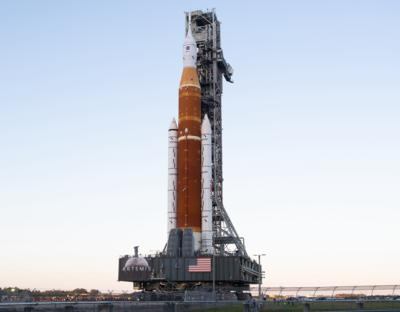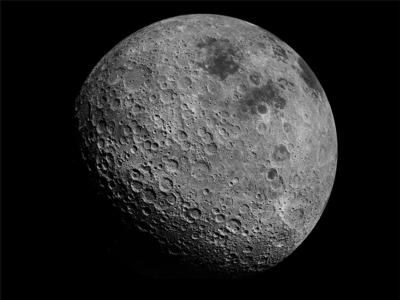Memories of Mudville
The whole of the civilized world is acutely aware of the difficulties with which NASA’s Artemis program has been plagued. On two separate occasions, flight controllers aborted launches when problems arose with United Launch Alliance’s (ULA) Space Launch System (SLS), the rocket by which humankind is to return—eventually—to Earth’s moon.

On 29 August 2022, the first attempted launch of Artemis I was scrubbed on account of a quartet of irregularities comprising a faulty engine temperature sensor, an 11-minute communications delay between the spacecraft and ground-control, a cryo-fuel leak, and a crack in the insulating foam of the joints between the SLS’s liquid hydrogen and liquid oxygen tanks.
Five days later, on 03 September, a second launch attempt was discontinued subsequent the discovery of a leak in a fuel-supply line within one of the service arms by which the SLS is mated to the launch-pad. In a post-incident statement, NASA reported: "Teams encountered a liquid hydrogen leak while loading the propellant into the core stage of the Space Launch System rocket. Multiple troubleshooting efforts to address the area of the leak by reseating a seal in the quick disconnect where liquid hydrogen is fed into the rocket did not fix the issue. Engineers are continuing to gather additional data.”
The severity of the leak was such that NASA mission specialists were unable to fuel the SLS beyond ten-percent of its fuel-capacity.
Over the following days, NASA engineers replaced seals along an eight-inch-diameter fuel line leading the SLS’s core-stage. Seals were also replaced in a four-inch-diameter hydrogen bleed-line—the failure of which is believed to have contributed to the scrubbing of the 29 August launch.
For purpose of determining the integrity of the repaired components, NASA is making ready to carry out a series of tests that will see the 322-foot-tall vehicle filled with the 736,000-gallons of liquid hydrogen and liquid oxygen required to slip it from Earth’s surly bonds. A so-called "kick-start bleed test,” in which the SLS’s four main engines will be cooled to a frosty – 420°F, is also to be performed. NASA officials, for reasons passing understanding, dispensed with the kick-start bleed test prior to both scrubbed launch attempts.
NASA said of the upcoming tests: "This demonstration will allow engineers to check the new seals under cryogenic, or super-cold, conditions as expected on launch day and before proceeding to the next launch attempt.”

Notwithstanding its rocket’s recrudescent ailments and the equivocation in which NASA frames declarations of official launch dates, sources within the space agency have unofficially posited the next attempt to get Artemis I moon-bound will be made either Friday, 23 or Tuesday, 27 September 2022—pursuant to the SLS rocket demonstrating soundness.
Prior to a lighting the candle—as Alan Shepard famously referred to the launch of his Freedom 7 spacecraft in 1961—NASA must secure a waiver from the U.S. Space Force allowing mission planners and engineers to forgo returning the SLS to Cape Kennedy’s Vehicle Assembly Building (VAB) for compulsory testing of the rocket’s Flight Termination System—a final and decisive means by which the SLS may be destroyed by ground controllers in the event it veers off course during launch.
 Airborne 05.10.24: Icon Auction, Drunk MedEvac Pilot, Bell ALFA
Airborne 05.10.24: Icon Auction, Drunk MedEvac Pilot, Bell ALFA ANN's Daily Aero-Term (05.13.24): ILS PRM Approach
ANN's Daily Aero-Term (05.13.24): ILS PRM Approach ANN's Daily Aero-Linx (05.13.24)
ANN's Daily Aero-Linx (05.13.24) Airborne-NextGen 05.07.24: AI-Piloted F-16, AgEagle, 1st 2 WorldView Sats
Airborne-NextGen 05.07.24: AI-Piloted F-16, AgEagle, 1st 2 WorldView Sats Airborne 05.08.24: Denali Update, Dad-Daughter Gyro, Lake SAIB
Airborne 05.08.24: Denali Update, Dad-Daughter Gyro, Lake SAIB




